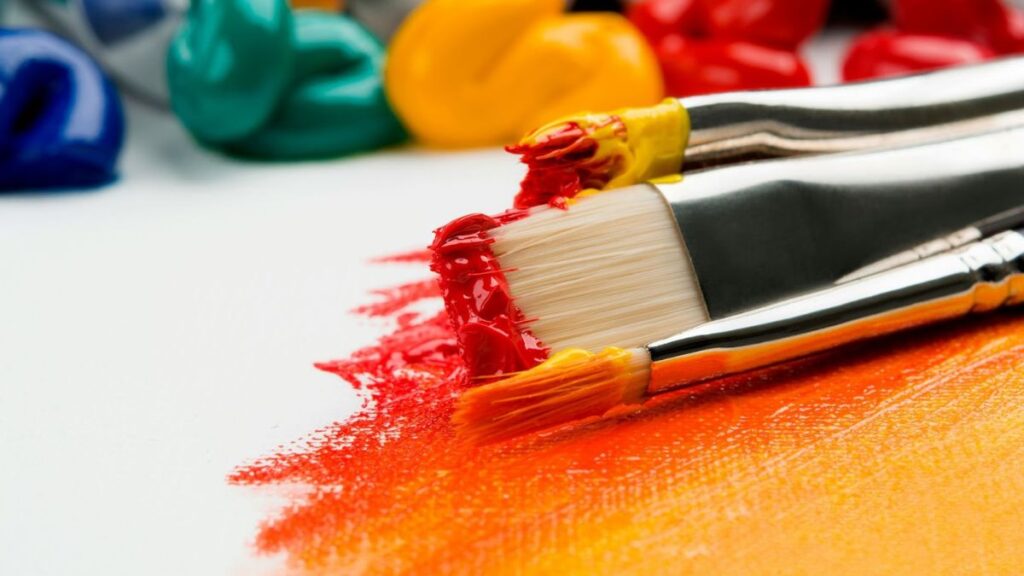In the realm of contemporary art, the boundaries are ever-expanding. As we delve into this creative vortex, the use of Diverse Medias in Art not only enhances the aesthetic appeal but also deepens the narrative, providing a richer experience to the observer. Engaging with works like those of Chloe Wise art, we witness a blend of traditional and unconventional materials that challenge our perceptions.
Evolution of Artistic Mediums
The journey of artistic mediums over the centuries reveals a fascinating evolution. Initially confined to classic forms like painting and sculpture, art has now embraced a multitude of materials. This shift has allowed artists to express nuanced stories through their creations. As technology and materials have advanced, so has the scope for creativity. From digital art forms to installations using light and sound, the possibilities are endless.
Early artists often relied on locally sourced materials, such as natural pigments and stone, which significantly influenced their artistic styles and the stories they told. The Renaissance brought about innovations like oil painting, which allowed for greater detail and realism. The 20th and 21st centuries have seen an explosion of new media, driven by technological advancements. This has led to a diversification of artistic expressions and opened new avenues for artists to explore complex themes and ideas through their work.
Integration of Technology in Art
Today’s artists are increasingly turning to digital technology. This revolution introduces tools that allow for more precise and varied expressions. Digital art, 3D printing, and interactive installations are just the tip of the iceberg. Their integration into traditional practices has created a new hybrid form of art that captivates and engages audiences worldwide. It pushes the boundaries of what art can represent and how it can affect us on a deeper level.
Furthermore, the accessibility of technology has democratized art creation, allowing individuals with limited resources to produce and share their work. Online platforms and social media have become vital spaces for artists to exhibit their digital creations, fostering a global art community. This digital shift also enables collaborative projects across geographical boundaries, blurring the lines between physical and virtual art experiences.
Environmental Influence on Media Choice
The environment an artist inhabits plays a significant role in their choice of media. For instance, urban artists might lean towards graffiti and digital media reflective of their immediate surroundings. In contrast, those in rural settings might prefer organic materials like wood or clay. This contextual use of media not only reflects the artist’s environment but also communicates broader themes of culture and identity.
Furthermore, the availability and accessibility of certain materials can greatly influence an artist’s choice. Artists in coastal regions might incorporate sand, shells, or driftwood into their works, while those in mountainous areas may utilize stone and minerals. This resourcefulness often leads to unique and innovative artistic expressions. The physical characteristics of the environment, such as climate and terrain, can also inspire the textures and forms that artists create.
Impact of Diverse Media on Audience Engagement
Using diverse media in art enhances viewer engagement. Each material brings its unique texture, weight, and interactivity, offering viewers a more immersive experience. When artists like Chloe Wise combine oil painting with unconventional items, they invite viewers to question and interpret the work’s deeper meanings. This strategy not only captivates but also stimulates intellectual and emotional responses.
Future Trends in Art Media
The future of Diverse Medias in Art looks vibrant and boundlessly innovative. With ongoing advancements in technology and increasing environmental awareness, artists are likely to explore sustainable materials and even more interactive art forms. The focus will likely be on creating art that not only reflects personal and societal issues but also engages audiences on multiple sensory levels.
Reach out to local galleries, or better yet, embark on your creative journey with diverse mediums. Whether you are an artist or an appreciator, the rich tapestry of modern art is ready for you to explore its depths.







